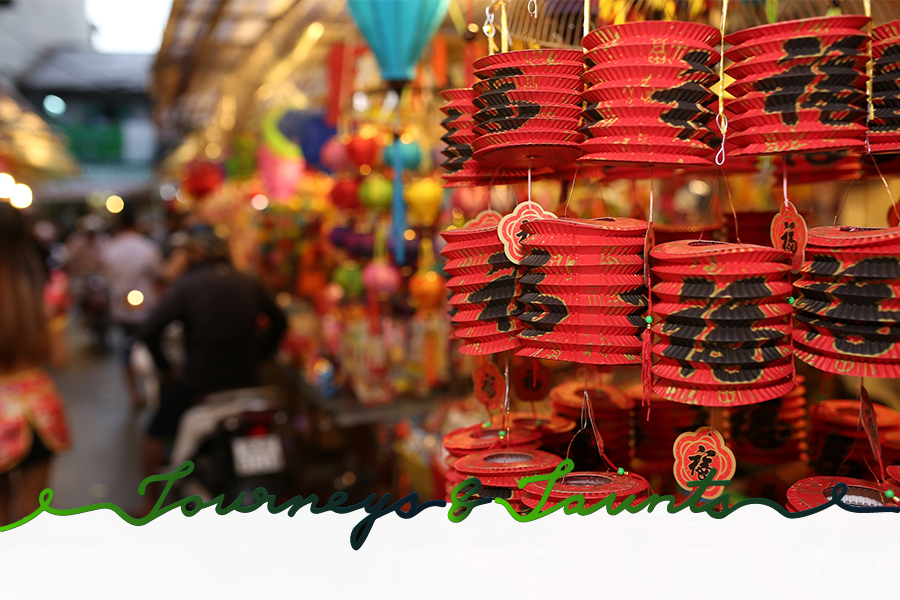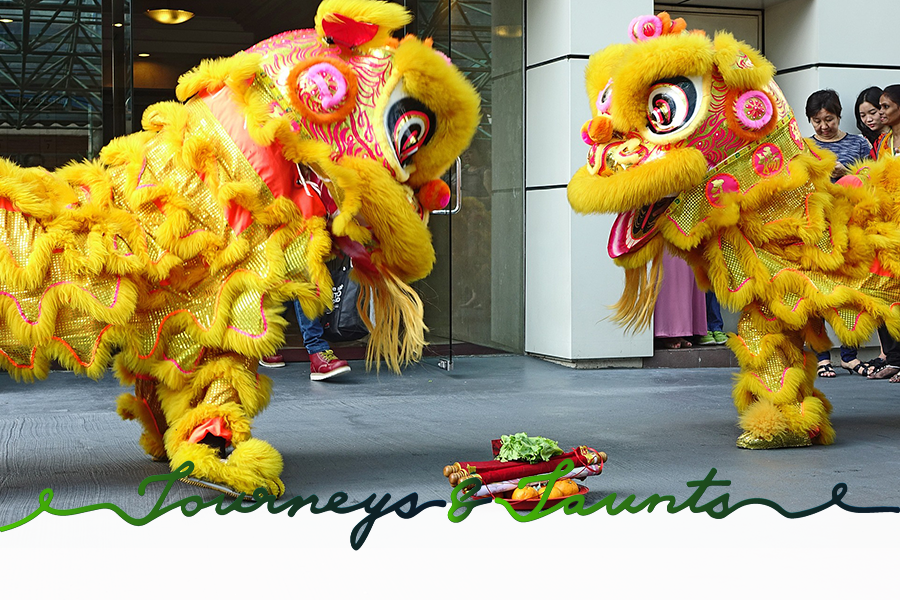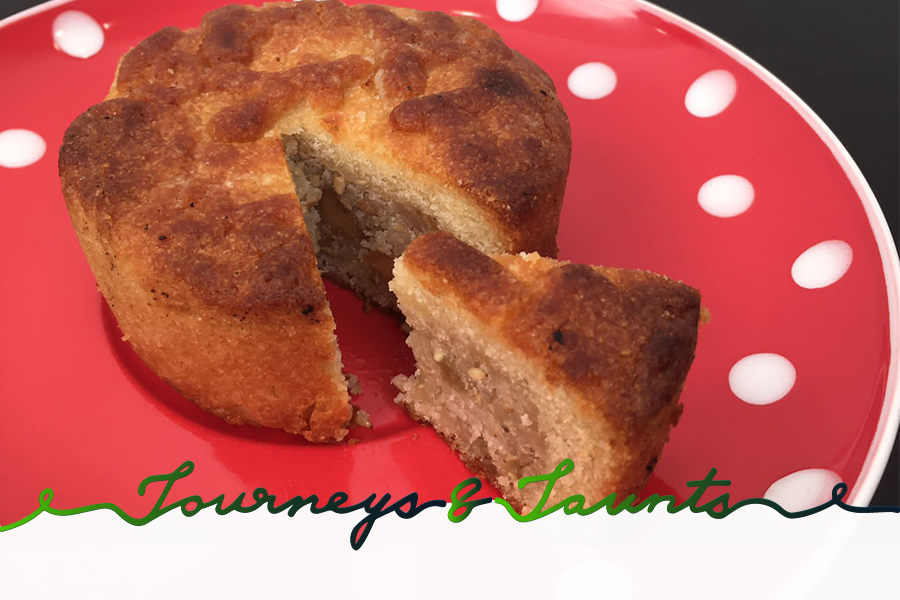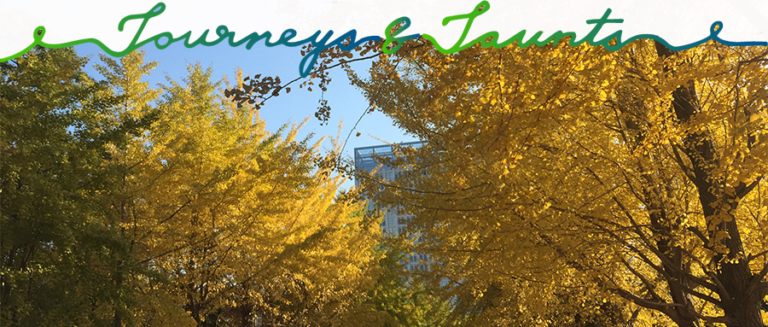It seems that all around the world, people feel the need to celebrate a successful harvest. Americans have their Thanksgiving, Germans have their Erntedankfest, the French have their jour d’action de grâce – and the Chinese have their 中秋节 (zhōng qiū jié). This festival, which literally translates to Mid-Autumn Festival and is celebrated throughout mainland China, Singapore, Taiwan, Hongkong, Macau, but also in Vietnam, falls on the 15th day of the 8th lunar month, when the harvest moon is at its fullest. In 2021, the festival falls on September 21st. For those of you who have been following this blog, that is exactly one lunar month after Hungry Ghost Festival.
While Hungry Ghost Festival is a rather obscure affair even some Chinese are ignorant of, though, Mid-Autumn Festival is very present in the consciousness of the entire Middle Kingdom. And even us foreigners can see the preparations (and enjoy the delicious custom of eating moon cakes) at every turn. Another perk of Mid-Autumn Festival is that it has been made a public holiday in Mainland China in 2008. This translates into a long weekend off for all workers and employees – probably to give everyone more time to digest the mooncakes. Or a chance for traveling around China and discover yet another facet of this exciting place. The traveling is a bit curtailed at the moment by the threat of new COVID cases popping up, but still…

Mid-Autumn Festival is very much tied to the three basic concepts of gathering, giving thanks and praying. And eating, of course. Then again, most Chinese festivals are based on the fundamental principle of eating… The gathering aspect of Mid-Autumn Festival is represented by family (if they live not too far away) and friends getting together. This gathering used to be for harvesting the crops that were then consumed. Nowadays, it is merely a welcome excuse to get together and share a meal.
The second precept, thanksgiving, is also related to the harvest, for which people are thankful, much like Thanksgiving in the US or Erntedank in Germany. The praying on Mid-Autumn Festival is often tied to a specific request, such as for conceiving a child, finding a suitable spouse, becoming more beautiful, living a long, healthy life, or – ever popular – a fuller purse.

Most of the traditions and mythology associated with Mid-Autumn Festival revolve around these three basic concepts. The earliest records of Chinese celebrating the harvest on full moon in autumn are from the Shang Dynasty – more than 1000 years BC. But even though there are many accounts of different ethnicities in China worshipping deities or supernatural beings like dragons to thank them for the harvest, the festival as a whole only gathered momentum during the Tang Dynasty in the 7th century AD. One tale claims that the Emperor Xuanzong of that time visited the legendary Moon Palace and started formal harvest celebrations in his own palace upon his return. Sounds just a tad far-fetched, if you ask me. But the name Mid-Autumn for the festival was mentioned much earlier, in a book on bureaucracy and organizational theory called Rites of Zhou from the middle of the 2nd century BC. Its popularity has not abated in later dynasties. Qing Dynasty empress Cixi, for instance, enjoyed the Mid-Autumn Festival so much that she expanded its celebrations to an elaborate yearly five-day „happening“.
An important part of Mid-Autumn Festival was and in part still is moon worship. Probably the most well-known Chinese myth associated with the moon is the story of the Moon Goddess of Immortality Chang’e. Her story goes something like this:
Once upon a time, there was a woman named Chang’e who was married to a master archer named Hou Yi. One year, ten suns appeared in the sky burning everything to the ground and causing great calamity throughout the land. Hou Yi was able to shoot nine out of the ten suns out of the sky, thereby saving the people from famine. An immortal being observed his feat and sent him an immortality elixir as a reward. Since Hou Yi loved his wife and did not want to live forever if she could not join him, he gave her the elixir for safekeeping. Hou Yi’s treacherous apprentice Peng Meng learned of the potion and tried to steal it in Hou Yi’s absence. Loyal Chang’e, to keep the elixir from Peng Meng, swallowed it and was swiftly transported to the sky. To stay near her beloved husband, she decided to live in the moon, where she could see him at night. It just so happened that all of this took place on the fifteenth day of the eighth lunar month. When Hou Yi came back home and heard what had happened, he put out Chang’e’s favorite fruits and cakes as a sacrifice. People soon started to emulate him out of respect for Chang’e and the tradition of food (especially moon cake) sacrifice was born.
In another version of the legend Hou Yi is actually the bad guy. After being crowned king for shooting down nine of the ten suns, he becomes a conceited and despotic ruler who asks for the immortality elixir as a prize. Chang’e steals the potion from Hou Yi (guess when – on the fifteenth day of the eighth lunar month) to keep him from living forever and continually inflict suffering on the people. So, she swallows the potion, floats up to the sky, takes refuge on the moon, and watches her husband die of rage because she escaped. In this version, the populace gives sacrifices to Chang’e to commemorate her bravery.
Our modern days are woefully empty of flying deities and master archers who can shoot the sun(s) out of the sky, but people still manage to enjoy Mid-Autumn Festival. They still offer food sacrifices, burn incense, meet with friends and family to eat the mooncakes themselves – even more satisfying than offering them to the Gods, if you ask me. In the South of China, dragon and lion dances are also performed during the celebrations.

But back to the mooncakes! They are round cakes with a flaky crust that can be filled with all sorts of tasty (or not so tasty, depending on your preferences) contents. I personally have a fondness for sweet fillings such as red bean paste, lotus seeds or sesame. One very popular filling that I absolutely loathe, on the other hand, is egg yolk (hard, not the runny kind), which is seen as auspicious because it repeats the round shape of the mooncake on the inside as well. The roundness of the mooncakes, besides the fact that they mimic their namesake, the moon, represents unity and reunion (of family and friends). Therefore, mooncakes in fancy boxes are a popular gift around this time of year.

Have you had any super-tasty mooncakes? Or any bad surprises with, ummm, “unusual” fillings? Let me know in the comments.






